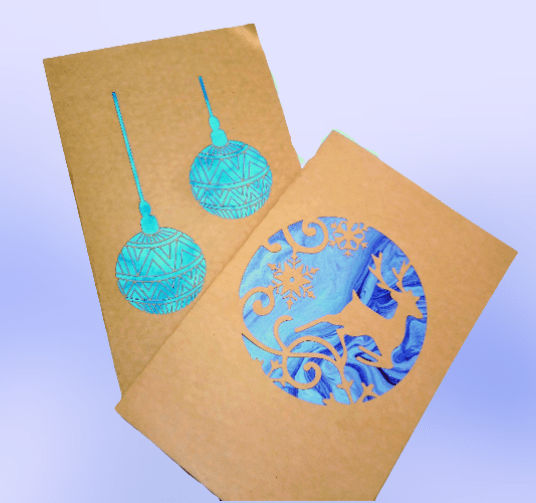(Please note that the images are having issues loading, and those below are not meant to be Maslow’s Hierarchy.)
The Leadership & Innovation course is designed to be flexible and work around the participants’ various skills and interests. This proved to be true; the class was given the opportunity to run a “side hustle”. I chose to combine this with my Passion Project as I enjoy the side hustle, and also because it maximized the time I was given.
Fuelled by success from selling previously, I was keen to continue my greeting card business. This year, however, the start up cost was $50, which meant more flexibility, but most importantly, more stock.

In order to determine whether there was demand, I needed validation. This would minimize unnecessary spending and allow me to connect with my audience. Additionally, I would also get real-world data so I could tailor my product accordingly. Hence, before selling at the larger Wanju Community Christmas Market, the class used the September Runway Market as a product validation. In particular, I wanted feedback on my pricing. Before the outdoor market, I got a vague idea about what people thought by asking my class.
To organize ourselves for this, the class was introduced to the Microsoft Planner. Bearing similarities to Trello, the planner was like an online scrum. I used it to track task completion.

At the validation, I needed a prototype and a means to obtain feedback. Before I could make a prototype, I needed materials. I spent a considerable amount of time trying to maximise my loan, finding the most valuable material options. This was eventually whittled down to a few key materials. Utilizing the school’s laser cutter and spray adhesive, I successfully created 2 prototypes, one of each design.

I was inclined to use the same materials from last year, since I knew them to be reliable. I had bought my paper from Spotlight, and inside paper from Kmart. With my $50 this year, I wanted to produce more cards. For convenience sake, I decided to purchase all my materials from Spotlight.

Before finalizing any purchases, I gathered different options for various papers. For the inside card, I was going to use Kmart, however, I thought it would be more worthwhile to buy specific patterned packs from Spotlight. This was because I wasn’t going to use all the paper, and it wouldn’t be as high quality. As it turned out, Spotlight sold the paper I desired, but for voluminous prices, and in copious amounts. There for, to maximize my profit I decided to print out the inside decorative card on stiff card. To not compromise on quality, I used a specific print setting – so that the colour wouldn’t fade afterwards. When I prototyped my cards, this turned out quite well, and the cards were still just as sturdy.

While sorting out my finances, I also projected my profit with my previous prices. Last year, the product was sold for $5 (laser cut) and $1.50 (printed). This year, I wanted to sell my product for a price that people would be willing to pay, but that I would also be happy to accept.
A major part of the relaunch of Greet Yourself was the finances. This involved planning the shopping of materials and projecting profit. The Finance Process was reasonably executed, as I first researched the different options to find the most worthwhile option. Overall, I am pleased with how this process unfolded. I have experienced the importance of researching different options on the market before making a final decision.

Leave a Reply